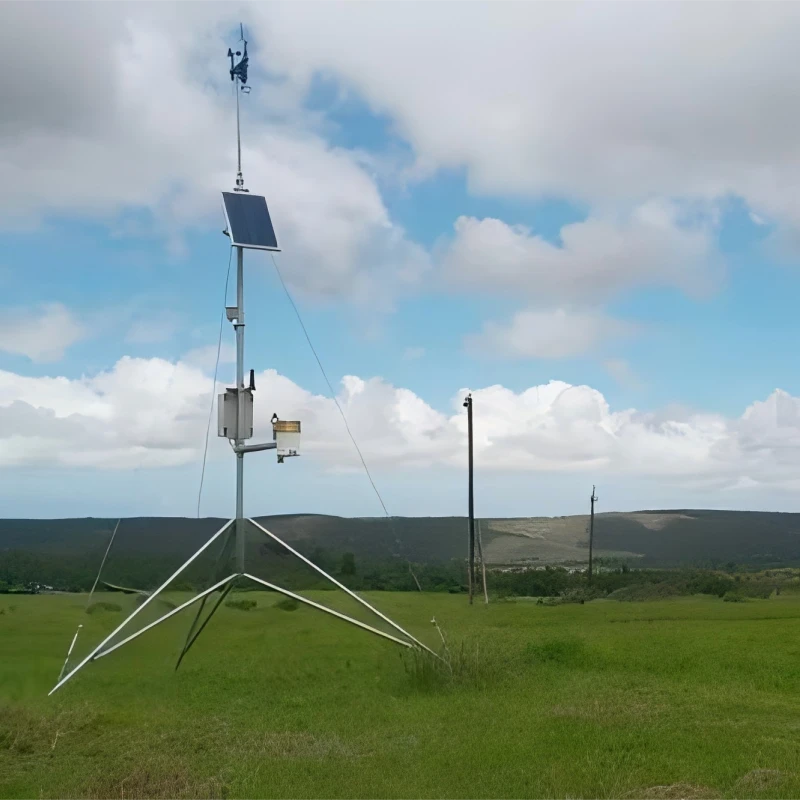
# Weather Measuring Instruments: Essential Tools for Accurate Forecasting
Weather forecasting has come a long way from relying solely on observations of the sky and wind patterns. Today, meteorologists use a variety of advanced weather measuring instruments to collect precise data, enabling them to predict weather conditions with remarkable accuracy. These tools are essential for understanding atmospheric changes and ensuring public safety. Let’s explore some of the most important instruments used in weather measurement.
## Thermometer: Measuring Temperature
The thermometer is one of the most fundamental weather measuring instruments. It measures air temperature, which is crucial for understanding daily weather patterns and long-term climate trends. Modern thermometers often use digital sensors for higher accuracy, but traditional mercury or alcohol-based thermometers are still widely used.
## Barometer: Tracking Atmospheric Pressure
A barometer measures atmospheric pressure, which is a key indicator of weather changes. High pressure typically indicates fair weather, while low pressure often signals storms or rain. Barometers come in two main types: mercury barometers and aneroid barometers. Both are essential for predicting short-term weather shifts.
## Anemometer: Gauging Wind Speed
Wind speed is a critical factor in weather forecasting, and the anemometer is the go-to instrument for measuring it. This device typically consists of rotating cups or propellers that spin in response to wind. The faster the rotation, the higher the wind speed. Anemometers are often paired with wind vanes to determine wind direction as well.
## Hygrometer: Measuring Humidity
Humidity levels play a significant role in weather patterns and human comfort. A hygrometer measures the amount of moisture in the air, helping meteorologists predict fog, rain, or even heatwaves. Modern hygrometers use electronic sensors, while older models rely on materials like human hair, which expand or contract based on humidity.
## Rain Gauge: Measuring Precipitation
Precipitation is a vital component of weather systems, and the rain gauge is the instrument used to measure it. This simple yet effective tool collects rainfall over a specific period, providing data that helps predict flooding, droughts, and water resource management. Rain gauges come in various designs, including tipping bucket and weighing types.
## Weather Balloons: Collecting Upper-Atmosphere Data
Weather balloons are essential for gathering data from the upper atmosphere. Equipped with instruments like radiosondes, these balloons measure temperature, humidity, and pressure at high altitudes. The data collected is transmitted back to ground stations, providing valuable insights for weather models and forecasts.
## Conclusion
Weather measuring instruments are the backbone of accurate forecasting. From thermometers and barometers to anemometers and weather balloons, each tool plays a unique role in understanding and predicting atmospheric conditions. As technology advances, these instruments continue to evolve, enabling meteorologists to provide more precise and timely weather forecasts. Whether you’re a professional or a weather enthusiast, understanding these tools can deepen your appreciation for the science of meteorology.
Keyword: weather measuring instruments
